Mars - more ice around the North Pole, but deep

A new study based on the analysis of data from the radar SHARAD (installed on the MRO (Mars Reconnaissance Orbiter)) showed interesting results - extensive layers of ice and sand (containing up to 90% of water) were found at a depth of more than one and a half kilometers under the surface of Mars poles, and their volume is enough to cover the entire red planet with a layer of water at least 1.5 meters deep, making it a little bluish.
In the continuation of this publication "How Mars loses water - a scientific study with modeling . "
A new scientific paper “The ice and sand caps buried beneath the surface at the north pole of Mars” was published in the journal Geophysical Research Letters.
')

In this study, scientists from Texas and Arizona universities (USA) used data obtained by the radar subsurface sounding radar SHARAD (Mars SHAllow RADar sounder), installed on board the NASA MRO spacecraft (Mars Reconnaissance Orbiter).
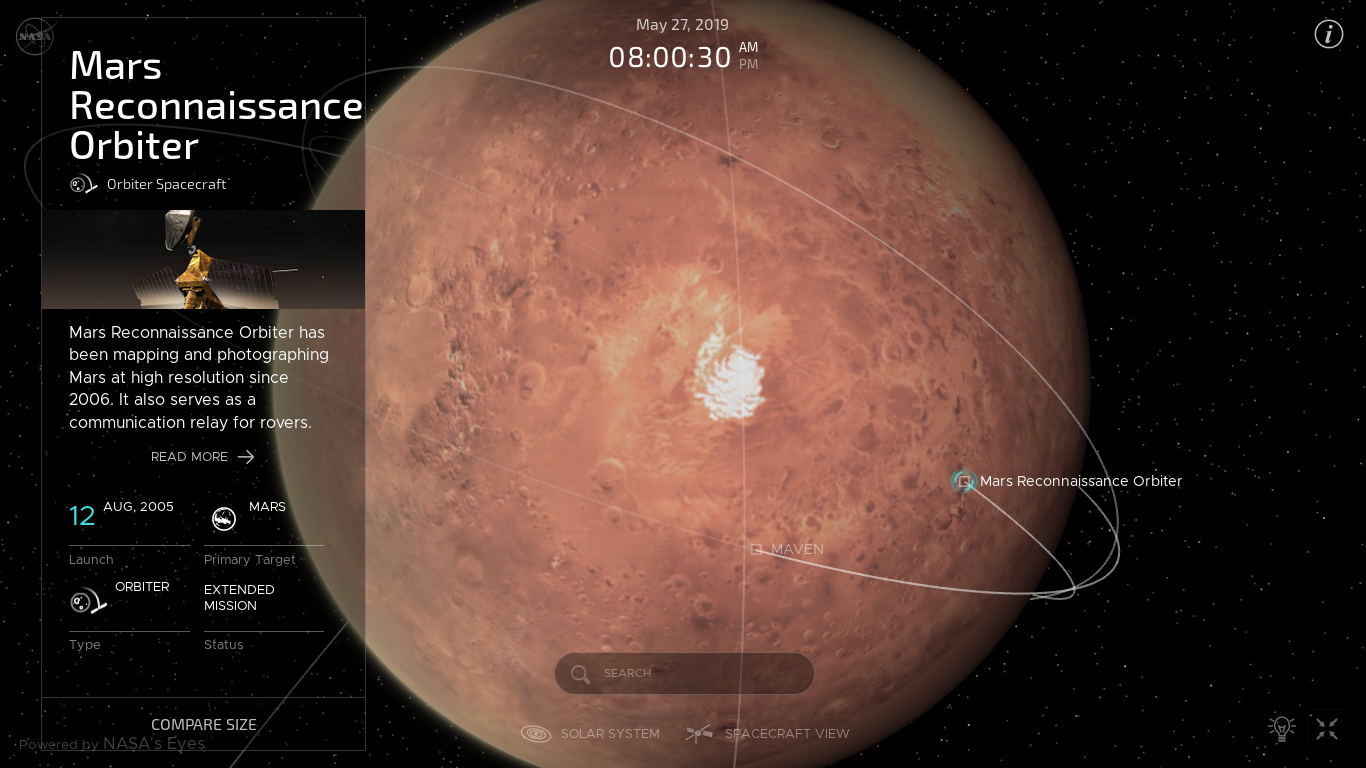
The Mars Reconnaissance Orbiter (MRO) was launched on August 12, 2005, reached Mars on March 10, 2006, and in November 2006 began full-fledged scientific research after the completion of orbital maneuvers, inspections and calibrations of onboard equipment.
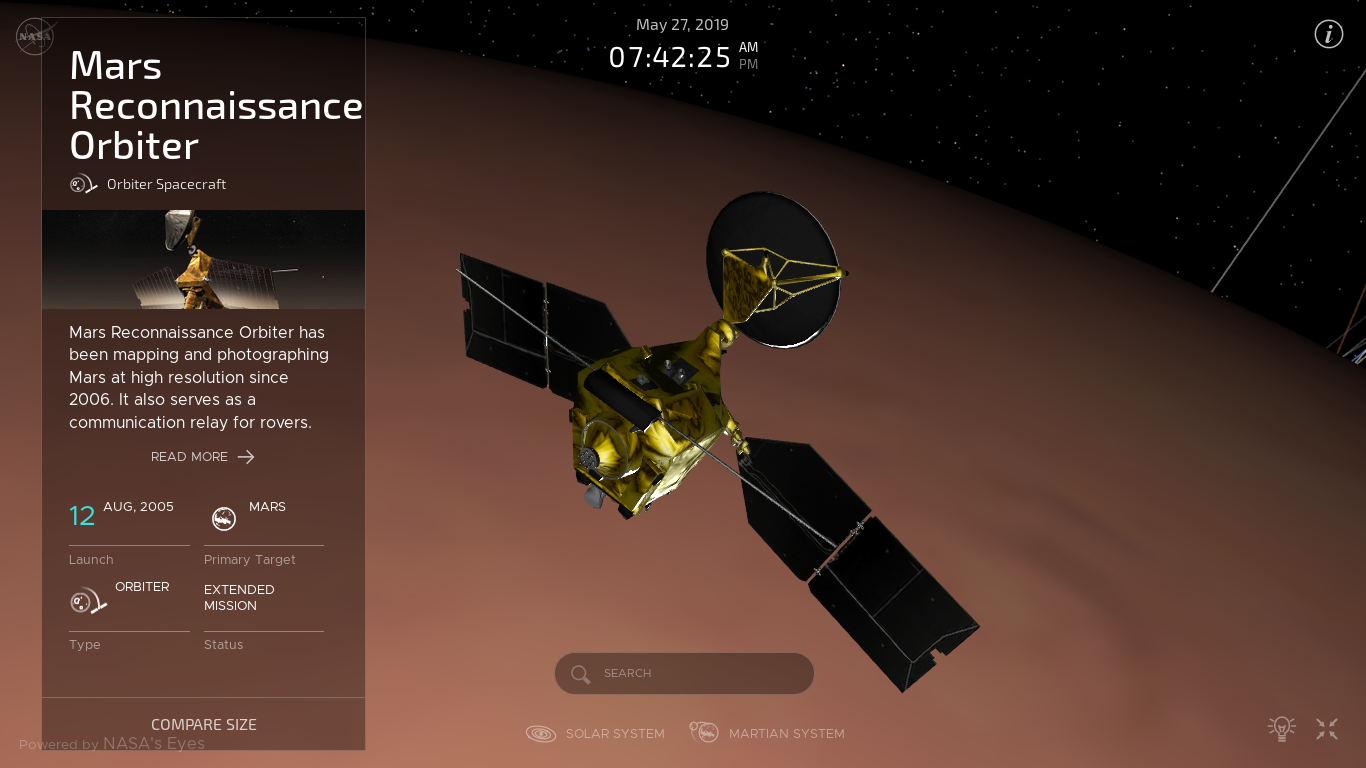
MRO contains a number of scientific instruments, such as cameras, spectrometers, radars, which are used to analyze the relief, stratigraphy, minerals and ice on Mars.
The MRO is equipped with a SHARAD radar designed to study the internal structure of the Martian polar caps, as well as to collect data on underground ice deposits.
The external radar antenna is a separate unit on the MRO.
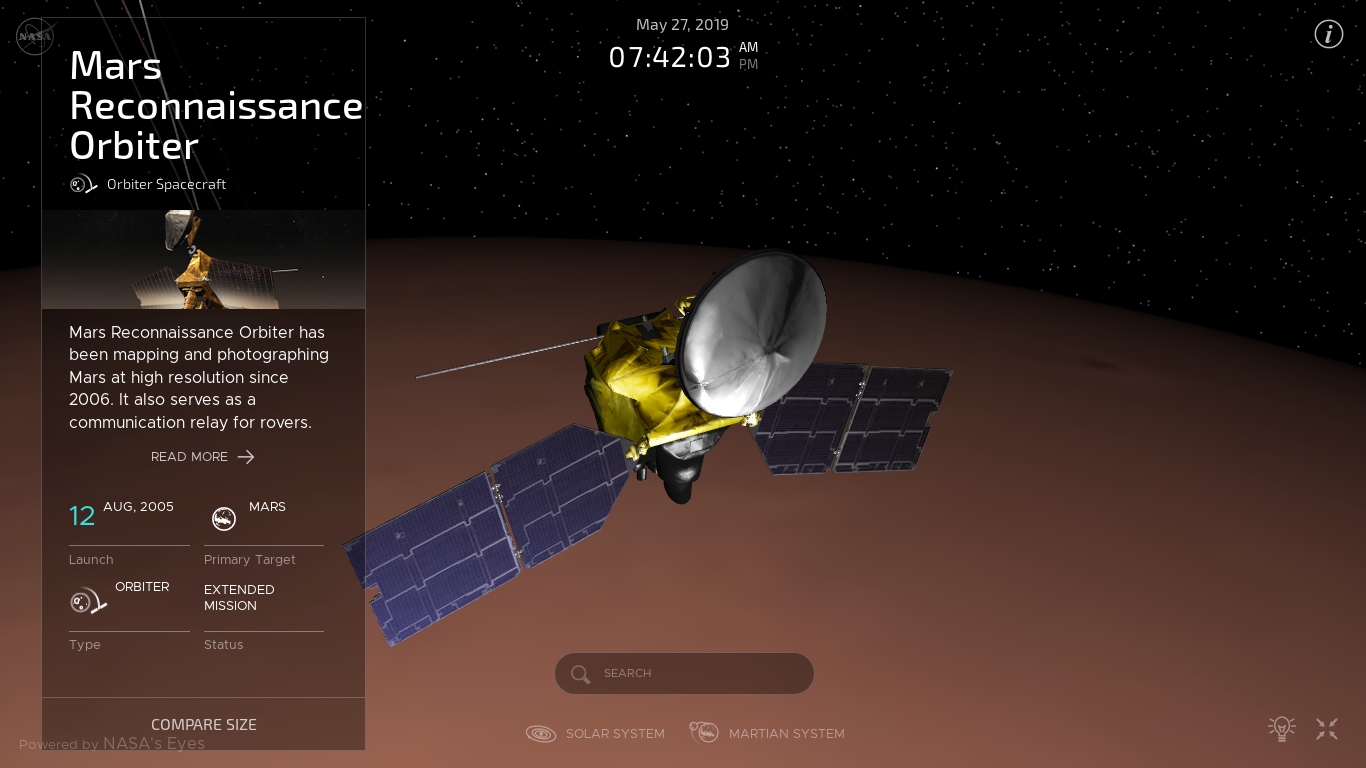
SHARAD radar uses HF radio waves in the range of 15-25 MHz, which allows it to probe the surface to a depth of 7 m to 1 km. Horizontal resolution ranges from 0.3 to 3 km (0.3–1 km along-track and 3–6 km across-track). The pulse duration is 85 µs, and the nominal pulse repetition rate is 700.28 Hz, the transmitted power is 10 W, and a ten-meter dipole antenna is used for measurements.
The sensing method is a radar synthesizing aperture that allows you to take radar images of the Martian surface and objects on it, regardless of meteorological conditions and the level of natural light of the area with detail comparable to aerial photographs.
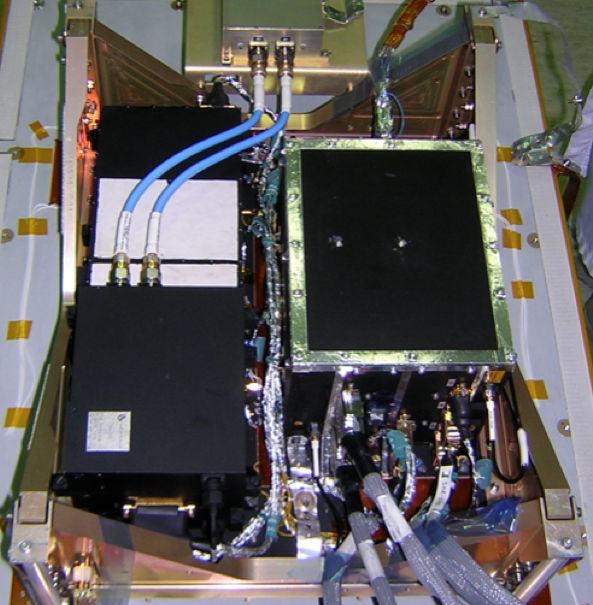
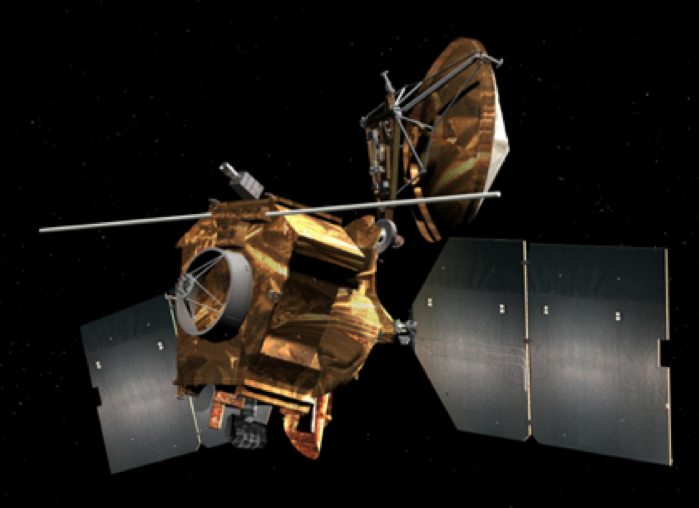
To expand the capabilities of the radar, scientists use SHARAD paired with the radar MARSIS, which has a lower resolution, but is able to probe the surface to a depth of 5 km. MARSIS is installed on another spacecraft currently operating - Mars Express.
In their new scientific work, scientists have shown that they discovered the remains of ancient ice sheets lying beneath the surface at the north pole of the planet at a depth of more than one and a half kilometers, which serves as evidence of the existence on Mars of periods of growth and depletion of polar ice associated with changes in its orbit and tilt.
The results are important because the layers of ice on Mars are a kind of annual rings that keep records of the climate on it in the past. A study of the geometry and composition of these layers can tell us whether there have ever been conditions favorable for the emergence of life.
How did these underground layers form?
The process of ice accumulation at the poles of the planet took place during the last glacial periods.
Further, when the planet began to heat up, the remains of ice caps were covered with sand, which protected the ice from the sun's rays and prevented its volatilization into the atmosphere, and then into outer space.

With a period of about 50,000 years, Mars leans toward the Sun, and then gradually returns to a vertical position, like an oscillating top.
When Mars rotates in a vertical position, its equator faces the Sun, which causes the process of growth of polar ice caps. As Mars changes its slope, the ice at the poles is covered with layers of sand, so that there are alternating layers of ice and sand not very deep beneath the surface of the planet near the poles.
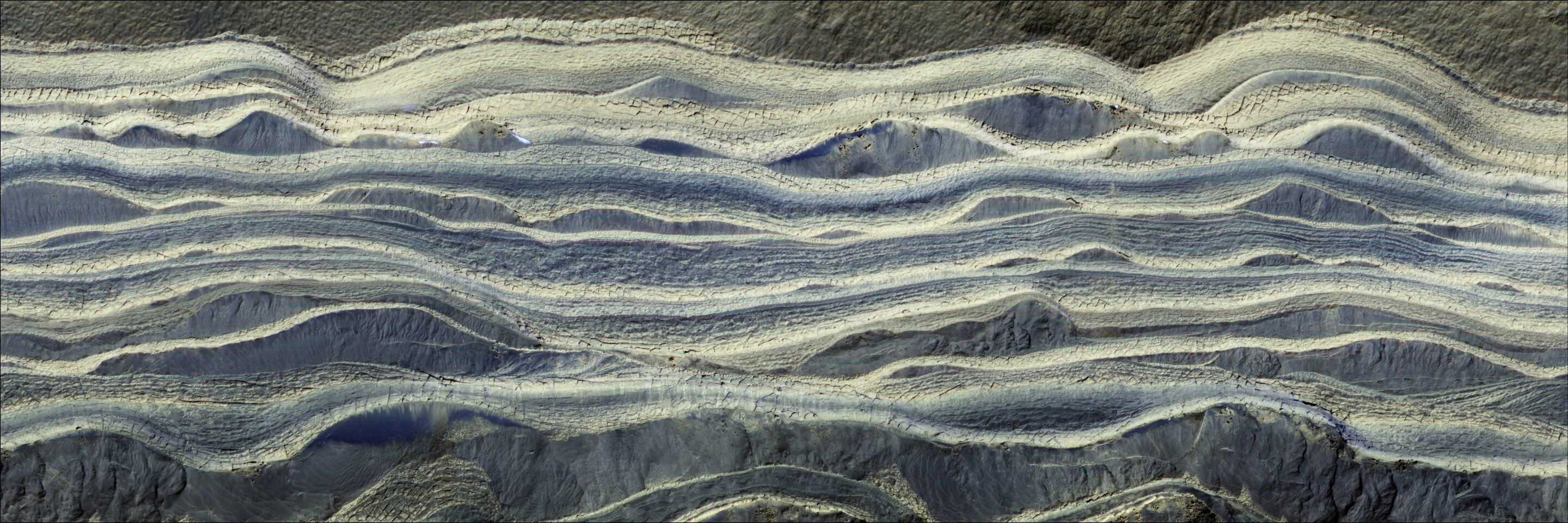
These findings are important because the layers of ice reflect ancient climate changes on Mars, much like the growth rings of trees reflect changes in the ancient climate on Earth.
Abbreviations used in the pictures below:
- north polar layered deposits (NPLD);
- Basal unit (BU);
- dielectric constant ε '(ε' = 8.8 for sand, ε '= 3.1 for ice);
- Rocks (Rupes);
- The North Plateau (Planum Boreum) is a plain located at the north pole of Mars.
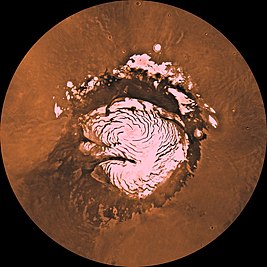
Data and graphs from the research work:
Figure 1. Location of research
A: Map of the heights of the Northern Plateau and the surrounding plains with superimposed relief (black bars - the places where subsurface cavities are found with layers of ice):

B: Measurement of dielectric constant in the areas of subsurface cavities:

C: Schematic representation of the Northern Plateau stratigraphic units:
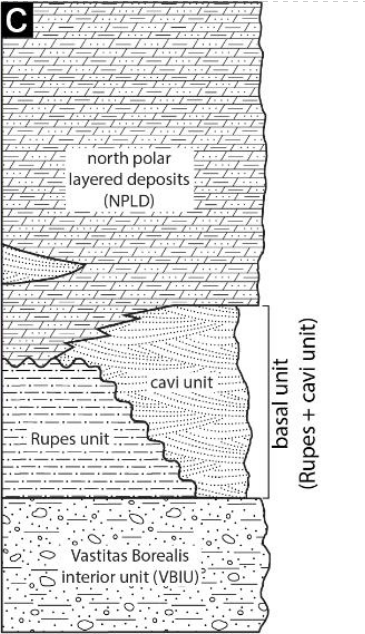
Figure 2. Data from SHARAD radar
A: Original image cut from SHARAD:

B: Interpreted image-slice, on which different internal layers are distinguished (data on dielectric permittivity are analyzed):

Figure 3. Statistical data on the analysis of calculations of the relative dielectric constant of samples .
A: averaged over the entire plateau of the Northern Plateau:

B: in the central part of the Northern Plateau plain:
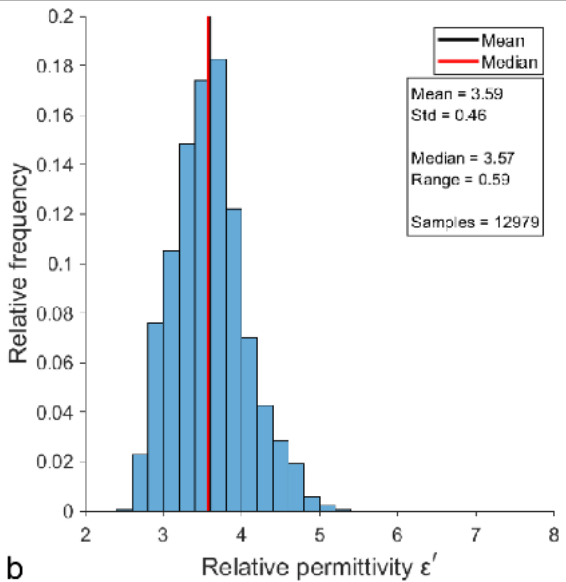
C: Basalt-Gyps-Ice Generalized Chart for the Northern Plateau:
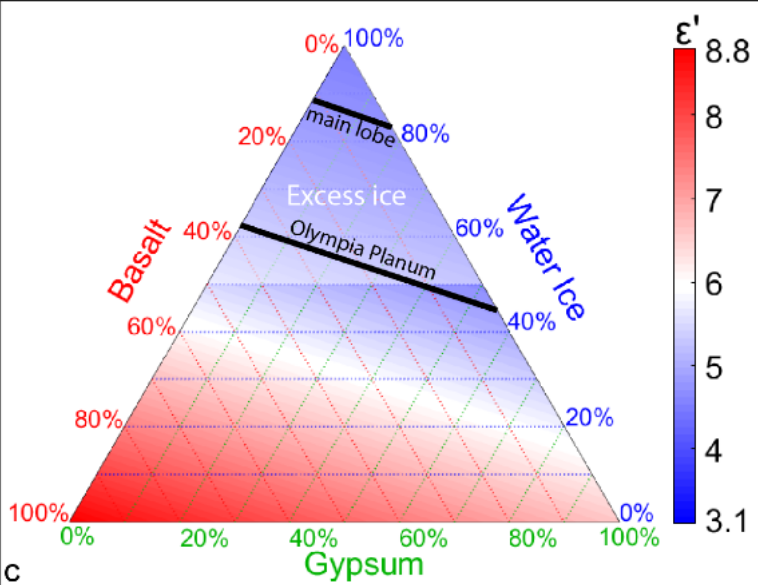
Figure 4. Computer model of the structure of the cavities of the Northern Plateau at a depth of more than 1500 meters (blue is ice, orange lines are sand).
It can be seen that in the central part under the surface of the ice deposit is very extensive:

Figure 5. Analysis of one of the samples cut off the subsurface cavities of the Northern Plateau.
A: Cut sample with steep cliffs and dunes inside (black arrows):

C: Green area in magnification (blue arrows - layers of sand, green - cavities with ice):
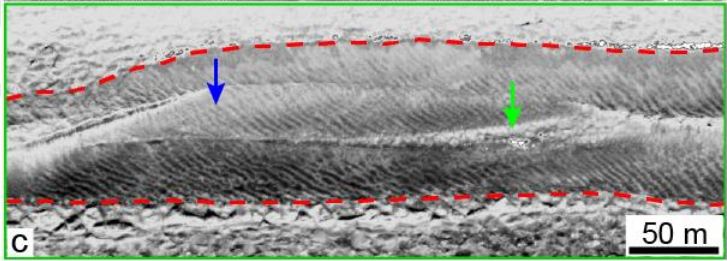
D: Purple area in magnification (blue arrows - layers of sand, green - cavities with ice):

B: Topographic profile of the studied slice:
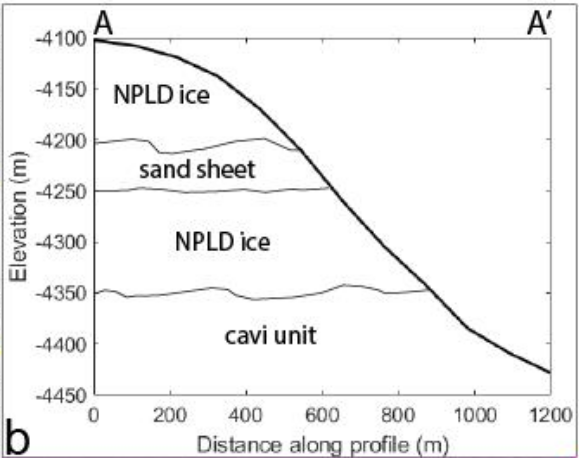
Thus, upon further study and analysis of about 3000 different similar to those described above in the sample drawings, subsurface layers of sand and ice were found, containing up to 90% of water (from 62% to 88%), and these are ancient ice caps that survived under the surface of Mars and awaiting further study.
In order to organize the extraction of water on Mars, it is very important to understand which of its reserves in the past were available on the planet on a global scale, and which part of it could remain in its polar regions and how much this volume is available for extraction.
It turns out that the total volume of water in these millennial polar subsurface sediments is equal to the volume of water contained in the glaciers and ice layers in the lower latitudes of Mars, as well as these deposits are about the same age.
But water is life, so understanding how much water on the planet was available millions of years ago compared to how much of the water was captured and “hidden” under the poles is important, as even on Mars there were all suitable conditions for life, but most of its water was locked at the poles, then its volume at the equator might have been insufficient for the full development of living organisms.
Source: https://habr.com/ru/post/453662/
All Articles